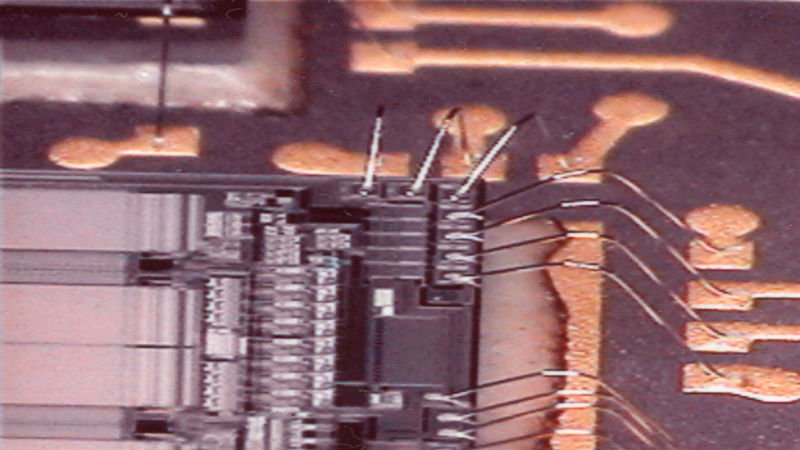Today, electronics are found in everything from refrigerators to automated vehicles and medical implants to wearable internet connected devices. With the demand for increasingly smaller sizes for these electronics with a corresponding demand for more functions and features, the importance of printed circuit board design moves to the forefront in new device design.
While printed circuit board design is not a new technology, it is becoming increasingly more complicated over the older boards of even a decade ago. Unfortunately, many design teams don’t involve a printed circuit board (PCB) expert, so they may be working off of older technology and not taking advantage of new techniques that can help to create a better overall design.
The Schematic
It is not uncommon for those not familiar with the process of PCB design to not spend a lot of time developing a schematic. This is a visual way to lay out and describe the circuit and to verify all connections will be complete. With CAD programs the schematics can be designed at very complex levels but still provide a clear representation of the board and if the design is actually complete or if connections have been missed in the circuit.
Considering Printing Technology
Before starting with printed circuit board design, it is essential to understand what technology is being used to print the board. Typically, if using a large company that focuses on printed circuit board design and manufacturing, the latest technology will already be in place for the manufacturing process.
On the other hand, companies completing the printing using older equipment and not the latest in systems may not be able to print highly complex printed circuit boards to the specifications required. This becomes more important as the complexity of the board increases and less of an issue with very simple board designs.







